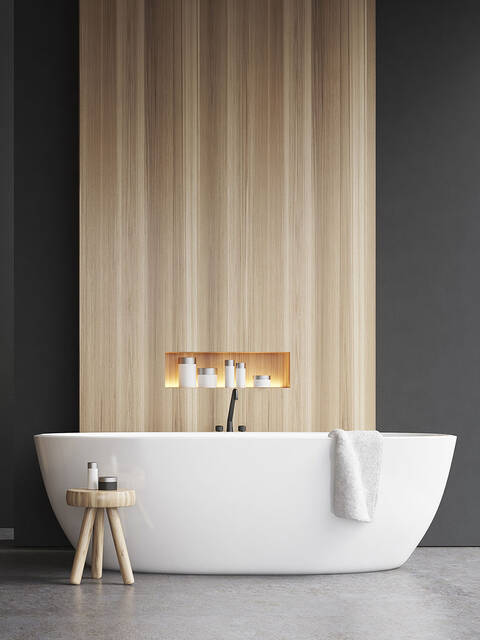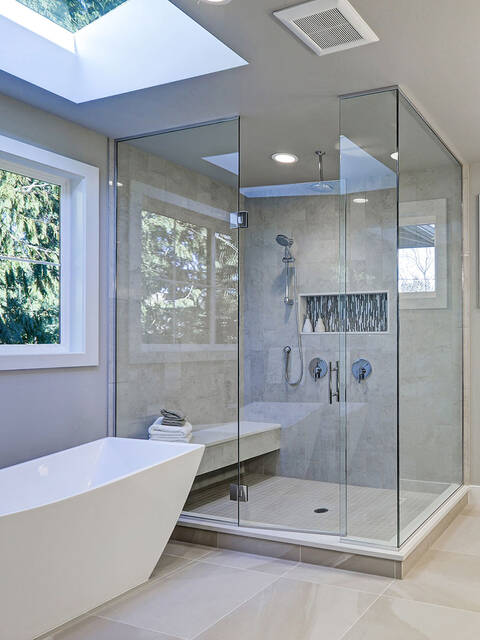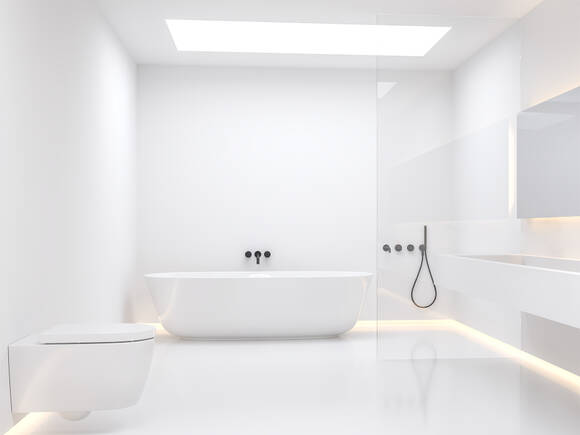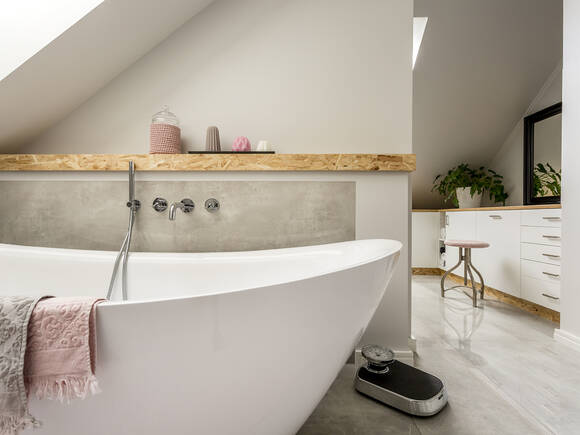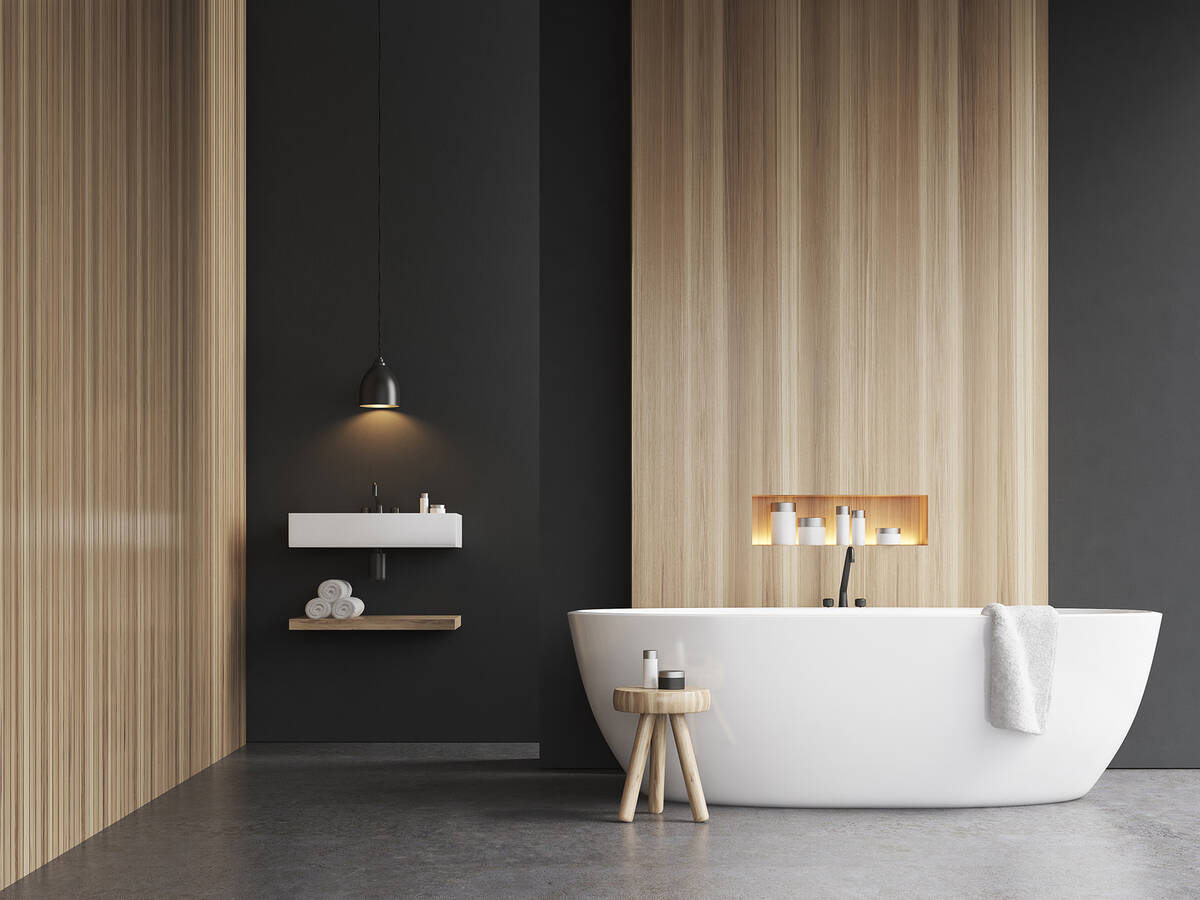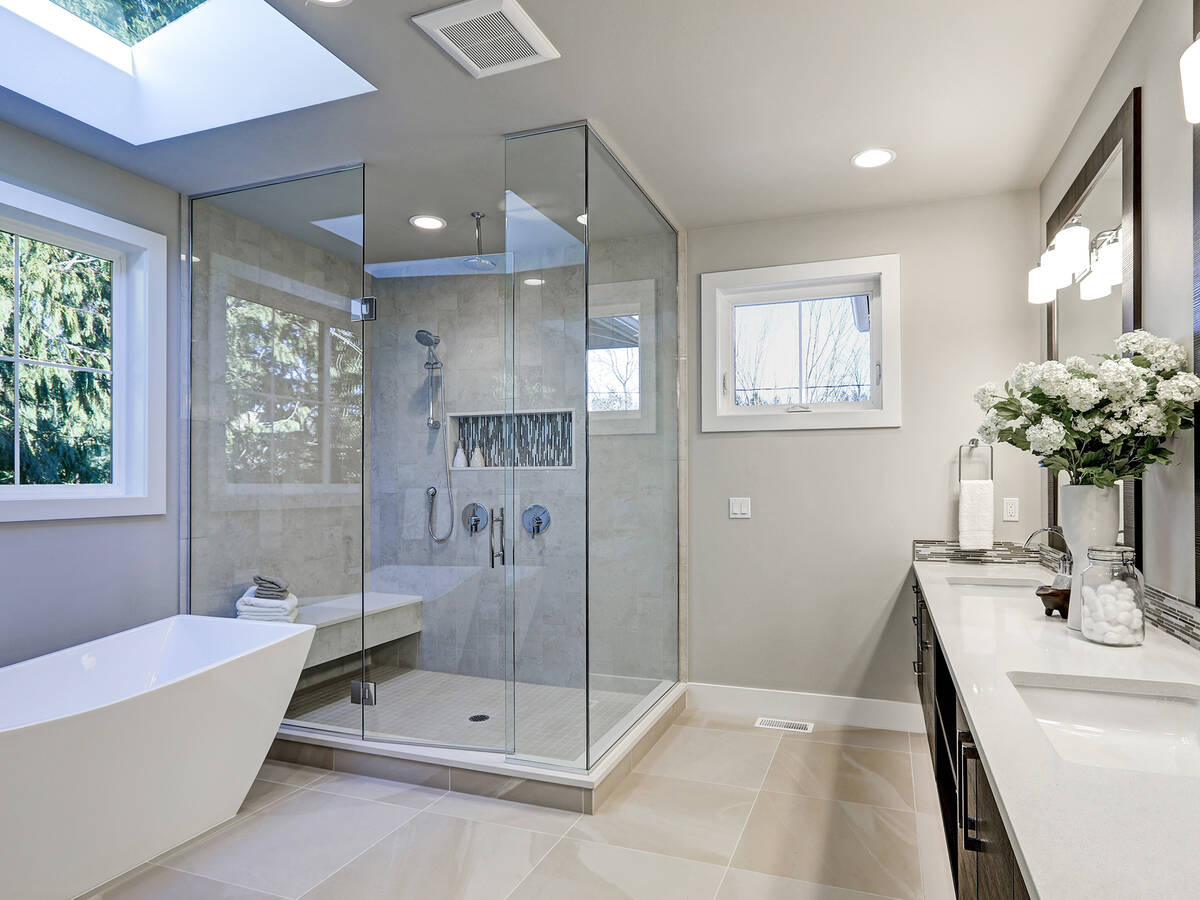What bathroom ventilation systems can do
Bathroom ventilation – Let good air in
Enough with stuffy, humid bathroom air! A ventilation system ensures fresh air at all times, which contributes to hygiene and allows hot water vapor to evaporate. We’ll show you what modern systems can do and how to find the right model for you.

Why a ventilation system in the bathroom?
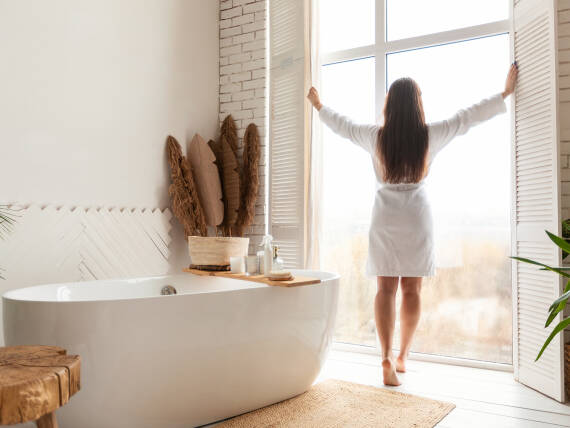
The day starts with a nice, warm shower, then the humidity has to get out of the bathroom. After a long, hot shower or a full bath, room humidity can quickly reach 80 percent. This can be seen in the form of misted-up mirrors and wet, damp surfaces. Opening window to ventilate the space means valuable time has to pass before the mirror can be used again. Not only that, the warm, comfortable feeling of the room evaporates and gets chilly quickly.
This is where ventilation for the bathroom can help. It ensures good air exchange, which is enormously important, transporting unpleasant odors, moisture, as well as harmful particles and fine dust out of the room quickly and easily. Moreover, the only want to prevent mold growth is through regular air exchange. Good systems transport the exhaust air outside and bring in fresh air. This filters pollutants, fine dust, and pollen out of the air, particularly helpful for allergy sufferers and asthmatics.
If you’re doing without automatic ventilation, try to open the window several times a day for several minutes to ensure good air. This routine will quickly get uncomfortable, especially during the winter. But even then, the risk of mold growth doesn’t go down. Wet towels and water residue release moisture into the room, even long after showering. In addition, the room cools down quickly, meaning lots of energy gets unnecessarily consumed to heat it back up.
The right ventilation for your bathroom: What you should know when making your purchase

There is a wide range of technical systems. The right one for your own four walls depends on the individual situation. In general, there are two types of ventilation systems.
Air out: Exhaust air systems
This principle is only one-way: air is transported outside, but not inside. Thus, because there is no supply of fresh air supply, the window will still need to be opened regularly. This kind of solution should only be used if a more efficient fresh air supply cannot be realized.
Air in: Supply air and exhaust air systems
Bad air out, fresh air in: The combination of supply air and exhaust air systems is the optimal solution. In new buildings, they’re connected directly to the central ventilation system; when retrofitted, they function as decentralized ventilation. The advantages are obvious: You no longer have to manually provide fresh air. In addition, good devices can automatically detect excessive humidity.
The automatic method is especially recommended if your bathroom is outfitted with delicate materials. Your exclusive paper wallpaper or even the wooden floor will thank you for integrating a modern system to remove moisture!
Good to know: Ventilation systems are always mandatory in windowless bathrooms.
When looking to buy, pay attention to the following aspects:
- Size of the fan: The size of the fan depends on the size of the room, and the required number of air changes per hour. For example, an eight to 12-square meter bathroom requires five to nine air changes per hour, and thus a fan with a flow rate of 90 - 150 m3/h.
- Integrated humidity sensor: This is an important technical detail, as the sensor automatically activates the system when room humidity exceeds a certain level. There should be a manual switch for venting.
- Heat recovery: The heat from the exhaust air is stored and released into the supply air, which means savings on energy costs.
- Beautiful cladding: Have the system installed in a visually appealing way and choose materials that will fit the room’s look as harmoniously as possible.
- VDE-GS seal: When selecting your device, make sure that it bears the VDE seal, which identifies electrical devices that comply with European standards.
Focus on safety and be sure to have your system installed by professionals.
Frequently asked questions about ventilation in the bathroom
First of all, check the structural requirements. If possible, supply air and exhaust air systems should always be combined so that the manual supply of fresh air is no longer necessary. Also, make sure that the fan size is appropriate for the size of the room.
Without optimal air circulation in the bathroom, the risk of mold growth increases. Spores and fine dust can also spread in the room, which is detrimental to air quality.
People who are sensitive to pollen and dust should also integrate a supply air system to keep their air as clean as possible
Good air automatically: Systematic planning
Use professional supply and exhaust air systems to ensure optimal air in your home. This way, you prevent excessive humidity and resulting damage like mildew stains or even mold.
Trusted partners
